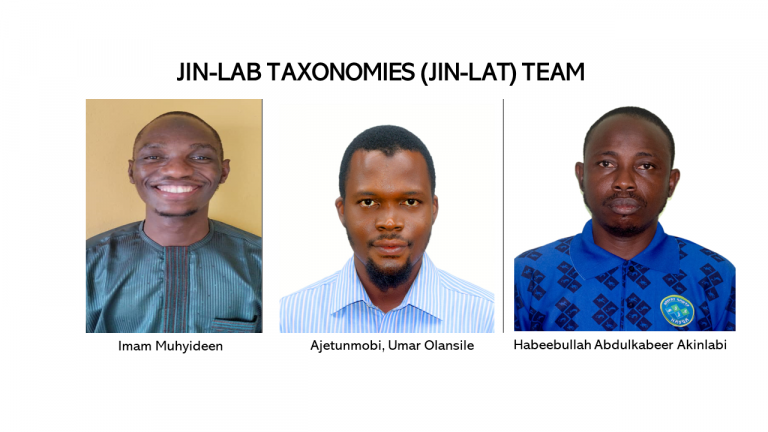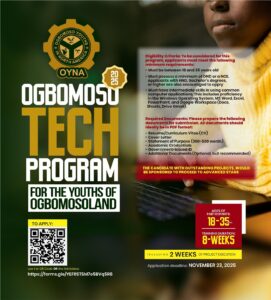
In the pursuit of global well-being outlined in the United Nations’ Sustainable Development Goals, one critical aspect often overlooked is the intersection of non-biomedical approaches and cultural remedies. A groundbreaking initiative, JIN-LAB Taxonomies (JINLAT), spearheaded by a trio of Nigerian researchers—Ajetunmobi Umar Olansile, Imam Muhyideen, and Akinlabi Abdulkabeer—is aiming to address this gap by focusing on the preservation of Nigeria’s Islamic exorcism culture.
It will be recalled that Umar Olansile Ajetunmobi has been in support of our series on mental health from an Islamic spiritual perspective.
In a world fixated on biomedical solutions, JINLAT emerges as a pioneer, combining theory-proven evidence and practical realities to create a unique platform. The project’s components—non-biomedical perspective, visual experiences, cultural signification, and mental health manifestations—uncover a holistic understanding of Islamic exorcism. Ajetunmobi Umar Olansile, the project lead and a mental health communication researcher at the University of Kansas, stresses that JINLAT is not only the first of its kind in Africa but possibly globally..
“As far as we are aware, ‘Jin-Lab Taxonomies’ is the first of its kind in Africa if not in the world. The project details four components of the taxonomies: non-biomedical perspective; visual experiences; cultural signification, and mental health manifestations. We combined both theory-proven evidence and practice-based realities to implement this project. In fact, for people’s easier understanding and engagement, we avoid academic jargon in all the textual content we put on the website and the app.
We thought of this project because our experiences, exposure and scholarship have shown that many Muslims and non-Muslims live with different experiences of Jinn possession, sorcery, black magic, witchcraft and even evil eyes.
“Although some people may not believe these phenomena exist until they find themselves dancing in the nests of attacks, ours is to document the necessary information about the phenomena in a comprehensive platform that can be explored on the go—it’s you either go to the website or use the mobile application that will be downloadable on Google Play store. Users may combine the two too. For now, we are starting from Nigeria as a take-off case study. However, we need sponsors to fund this problem-solving and human-centred project.”
The project’s significance lies in its ability to document and preserve cultural knowledge while offering alternative therapeutic insights. By sidestepping academic jargon, the team ensures accessibility, acknowledging that many individuals, both Muslims and non-Muslims, grapple with phenomena such as Jinn possession, sorcery, black magic, witchcraft, and the evil eye.
The JINLAT initiative unfolds as a comprehensive solution, featuring a simplified website and a user-friendly mobile application. The team envisions a platform where individuals can access information on the go, catering to diverse experiences of Jinn-related challenges. As the project takes its initial steps in Nigeria, the team actively seeks sponsorship to propel this innovative, human-centered approach forward.
Beyond its immediate impact, JINLAT is poised to fill a critical gap in addressing mental health issues from a non-biomedical perspective. The project not only advocates for alternative therapeutic avenues but also challenges the over-centralization of Western conceptions of mental health found in the UN’s SDG 3.4. By doing so, it promises to amplify voices, foster developmental prospects in mental health linguistics, and spark meaningful discourse in mental health communication.
Our analyst notes that the success of JINLAT hinges on collaboration, support, and further discussions. As it strives to unravel the potent yet invisible aspects of Nigeria’s Islamic exorcism culture, the project beckons stakeholders to join hands in shaping a future where cultural preservation and mental health coalesce for the greater well-being of individuals globally.
Source: Tekedia.







